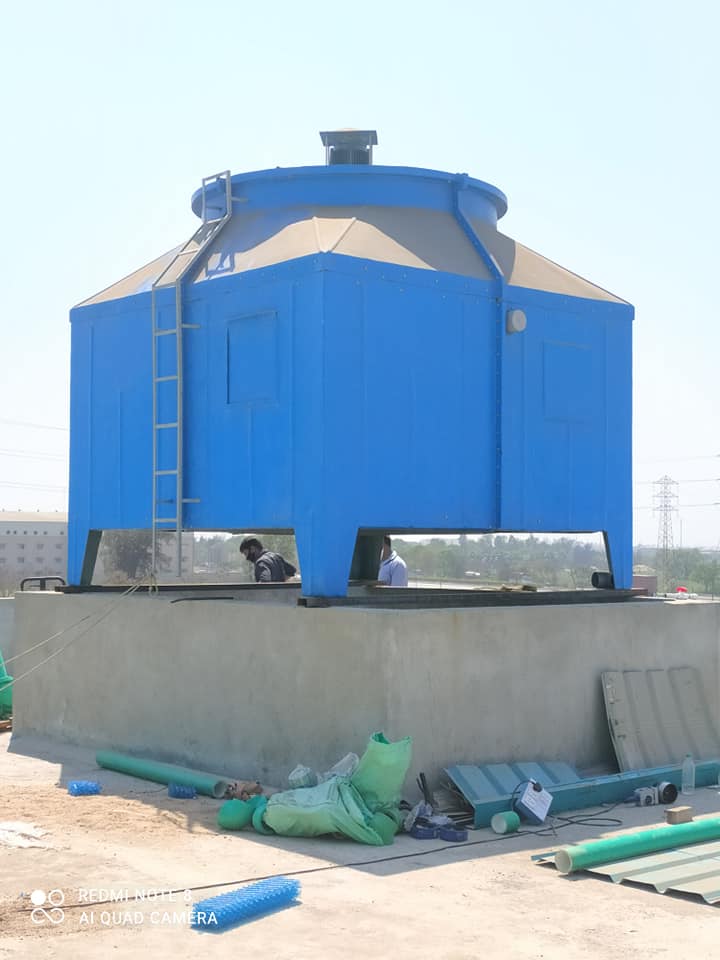| The water quality in a cooling tower significantly impacts its performance, efficiency, and lifespan. Poor water quality can lead to scale formation, corrosion, microbiological growth (like Legionella), and fouling, which reduce heat transfer efficiency and increase maintenance costs. Here’s a breakdown of the key effects: 1. Scale Formation Cause: High levels of calcium, magnesium, silica, and alkalinity lead to hard scale deposits on heat exchangers and fill media.Effect:Reduces heat transfer efficiency (insulating effect).Increases energy consumption (higher pump and fan loads).Can clog nozzles and distribution systems. 2. Corrosion Cause: Low pH, high chloride/sulphate levels, dissolved oxygen, and microbial activity accelerate corrosion.Effect:Damages metal components (pipes, heat exchangers, structural parts).Shortens equipment lifespan.Increases maintenance and replacement costs. 3. Microbial Growth (Biofouling & Legionella Risk) Cause: Bacteria, algae, and fungi thrive in warm, nutrient-rich water.Effect:Biofilms reduce heat transfer and clog systems.Legionella pneumophila (causes Legionnaires’ disease) poses health risks.Increases chemical treatment costs (biocides). 4. Fouling (Suspended Solids & Debris) Cause: Dirt, sand, and organic matter accumulate in the system.Effect:Blocks fill media and nozzles, reducing water distribution.Decreases cooling efficiency. 5. Increased Water & Chemical Consumption Poor water quality leads to more blowdown (water wastage) and higher chemical dosing (scale/corrosion inhibitors, biocides). Key Water Quality Parameters to Monitor Parameter Ideal Range Impact if Out of Range pH 7.0 – 9.0 Low pH → Corrosion; High pH → Scaling Total Dissolved Solids (TDS) < 3,000 ppm (depends on cycles) Scaling, corrosion Hardness (CaCO₃) < 500 ppm Scaling Chlorides < 500 ppm Corrosion (especially stainless steel) Alkalinity 100 – 500 ppm Scaling if too high Silica < 150 ppm Hard scale deposits Microbial Count < 10⁴ CFU/mL Biofouling, Legionella risk Mitigation Strategies ◉ Water Treatment: Use scale inhibitors, corrosion inhibitors, and biocides. ◉ Filtration: Remove suspended solids. ◉ Blowdown Control: Maintain proper cycles of concentration (COC) to limit scale. ◉ Regular Monitoring: Test pH, TDS, hardness, and microbial levels. ◉ Legionella Control: Shock chlorination, UV treatment, or ozone. |
Cooling Tower Manufacturer in Qatar
